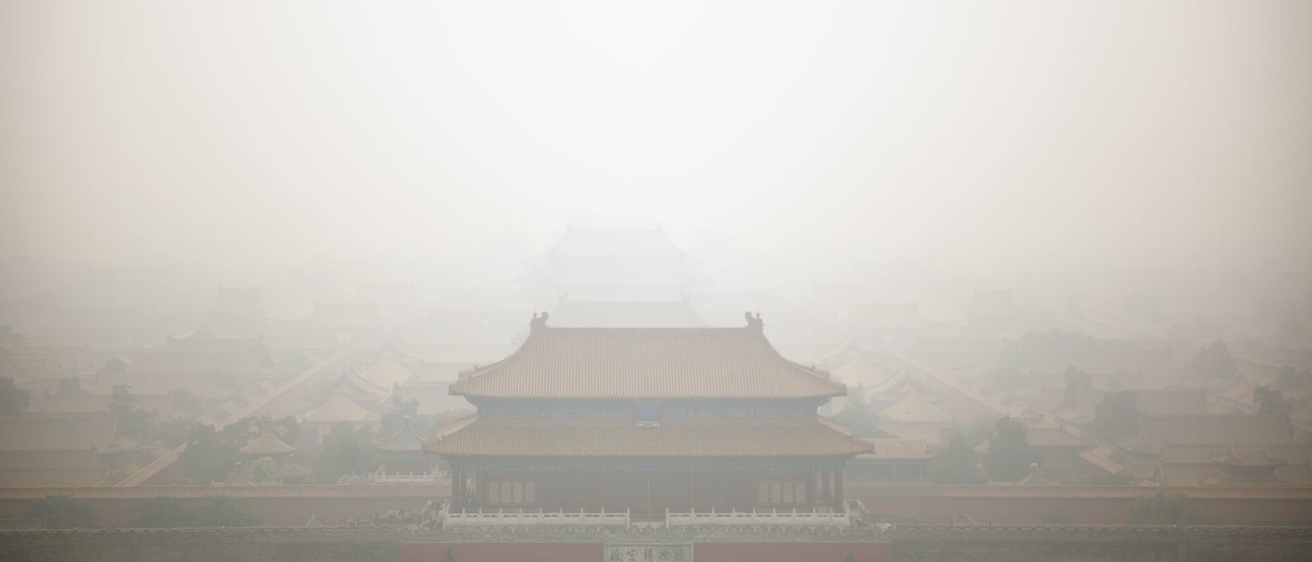Science Advances, a peer-reviewed multidisciplinary open-access scientific journal, has published a paper co-authored by two University of Iowa environmental researchers on how a self-amplifying chemical mechanism explains severe winter haze events in China.
The researchers are Meng Gao, a former postdoctoral research scholar and Gregory R. Carmichael, Karl Kammermeyer Professor of Chemical and Biochemical Engineering and co-director of the UI Center for Global and Regional Environmental Research (CGRER). Meng is currently a postdoctoral fellow at the John A. Paulson School of Engineering and Applied Sciences of Harvard University, working on energy, air quality and climate change in China and India.
While at Iowa, Meng's thesis looked at how well they could predict heavy winter haze pollution events in China using state-of-the-science models.
"By incorporating this new reaction pathway into our air quality model, our ability to predict winter time haze events has improved dramatically," Carmichael said. "Furthermore this more detailed understanding of how fine particles are formed will help guide more effective control measures."
Carmichael explained that is was difficult to predict the very rapid and great amounts of sulfate particulate formation. Sulfates are formed by reactions in the atmosphere or on aerosol surfaces. Meng and he could only predict the correct amount of particulates if they included an additional reaction pathway to make sulfate on particles.
"We published this work with a reaction pathway that depended on the amounts of particles and the humidity in the air," Carmichael said. "But this was speculation and no mechanism was known. The paper published in Science Advances provides a mechanism for this reaction."
To read Science Advances announcement on the paper's publication, go to http://advances.sciencemag.org/content/2/12/e1601530.
